Summer is Milkweed Season
Of the 22 milkweed species that occur in Florida, all but one are native. Our native milkweeds bloom mainly in spring or summer; however, in summer, only four of them are common. Do you know which milkweeds to look for?
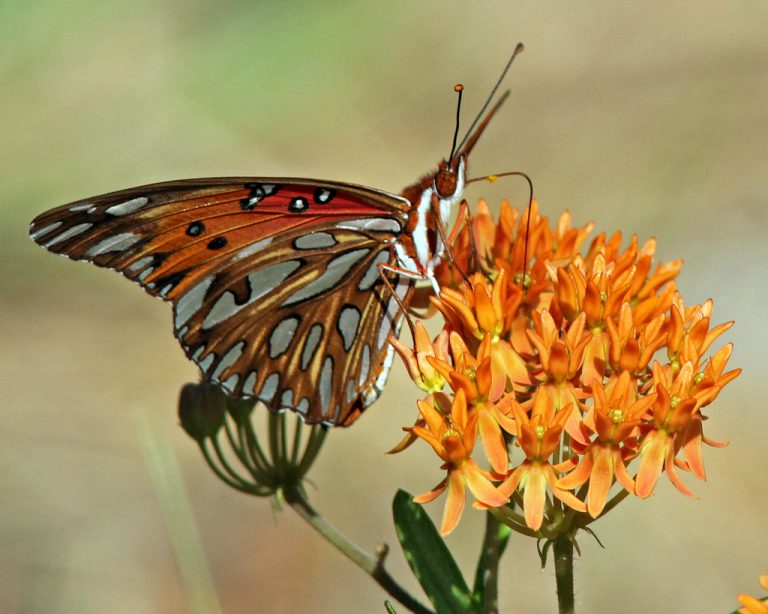
Of the 22 milkweed species that occur in Florida, all but one are native. Our native milkweeds bloom mainly in spring or summer; however, in summer, only four of them are common. Do you know which milkweeds to look for?
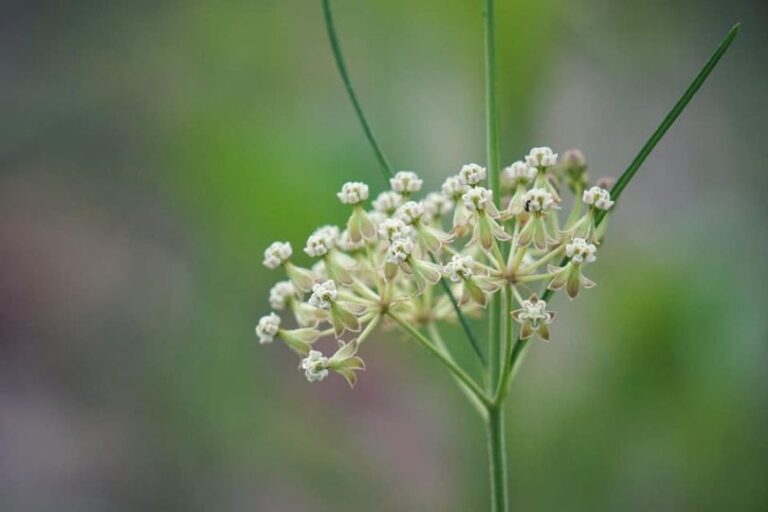
Whorled milkweed (Asclepias verticillata ) is one of the smaller, more delicate native milkweeds and is easily overlooked when not in bloom. It flowers late spring through summer and into early fall.
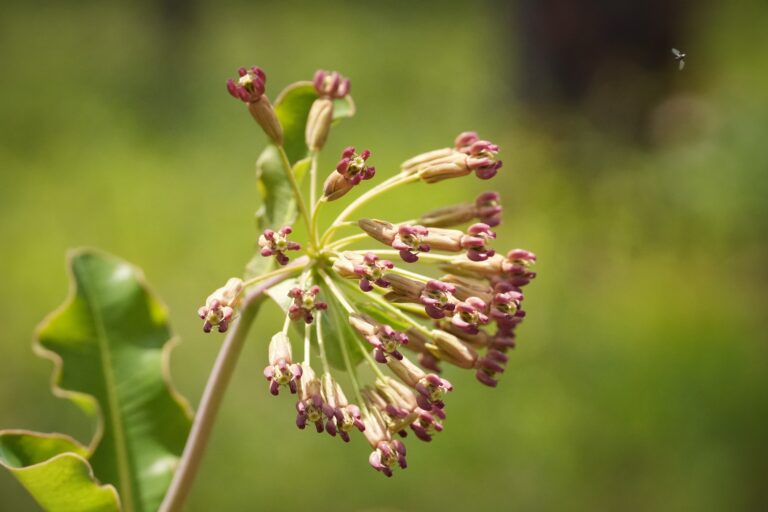
Clasping milkweed (Asclepias amplexicaulis) is a late spring- through summer- blooming milkweed that occurs in dry sandy areas from sandhills to pine savannahs, open woodlands and fallow fields.
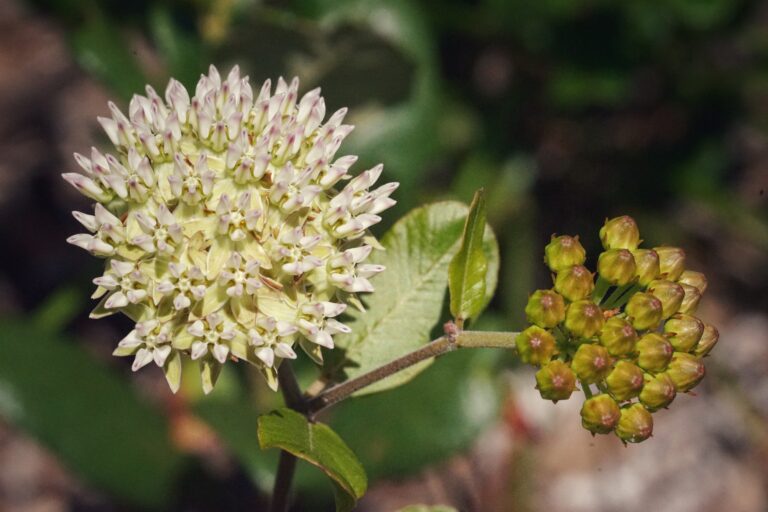
Curtiss’ milkweed (Asclepias curtissii) is a long-lived and somewhat mysterious milkweed endemic to the Florida scrub.
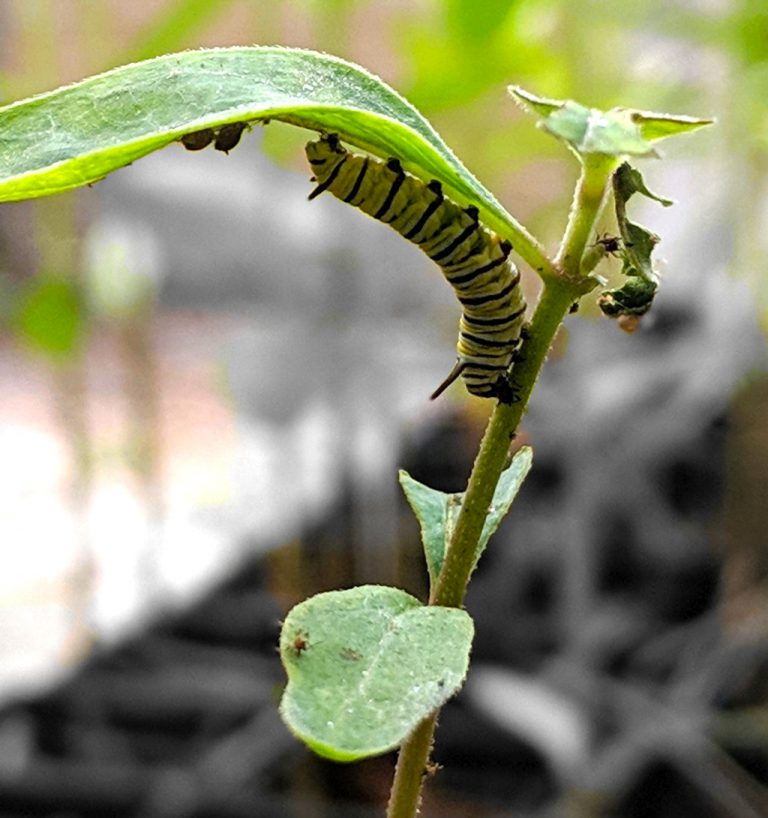
U.S. Fish and Wildlife Service Ranger Scott Davis has been working on the milkweed restoration initiative since 2015, when he started with a single greenhouse table of seedlings.
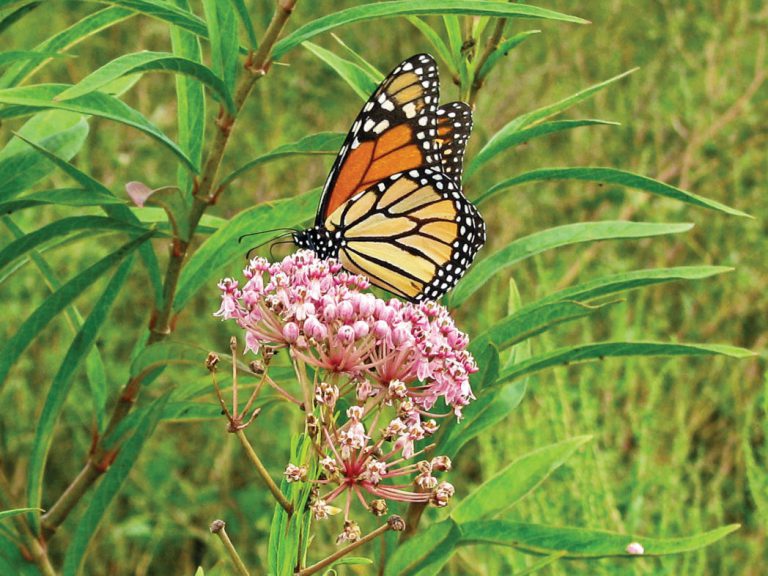
Tropical milkweed can enable monarchs to continue breeding well into fall and winter, causing populations to persist longer in certain areas than they naturally would. Unfortunately, this can foster higher than normal infection rates by a lethal protozoan parasite.
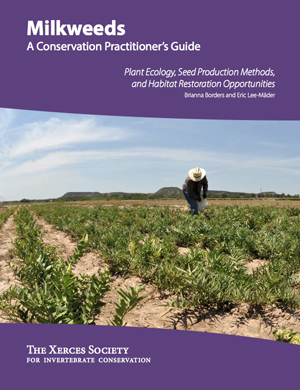
The monarch’s population decline has caused great concern in the last few years. The Xerces Society’s insight into factors that influence monarch butterfly populations has pointed to many things.
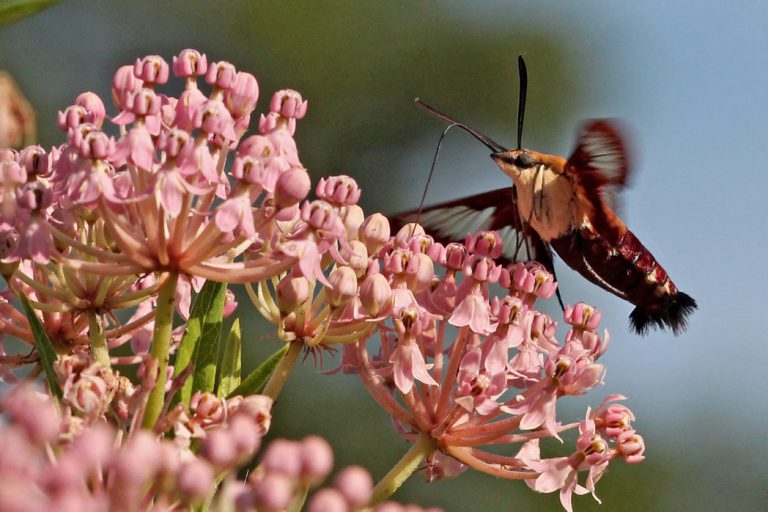
Swamp milkweed (Asclepias incarnata ) has showy pink flowers that typically bloom in summer and attract many pollinators. It occurs naturally in floodplain swamps, hydric hammocks, wet pine flatwoods and marshes.
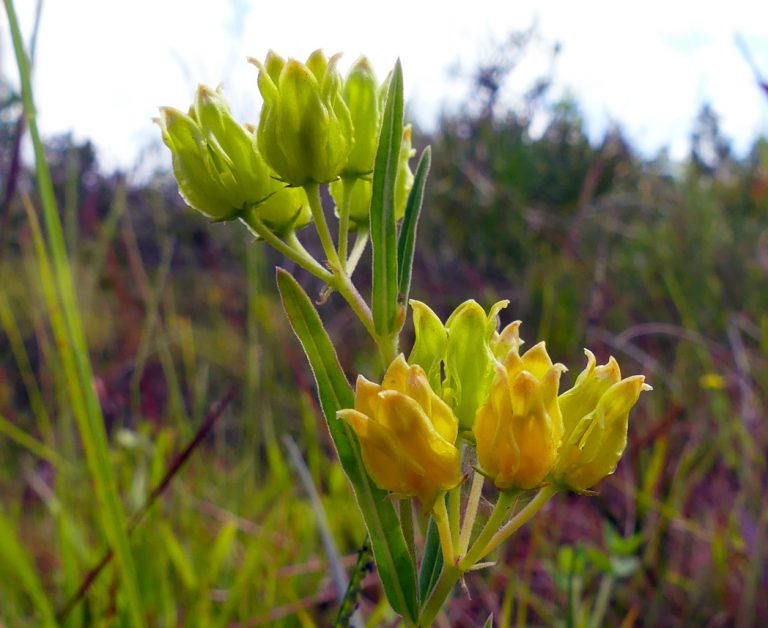
With its diminutive stature and greenish-yellow flowers, Savannah milkweed (Asclepias pedicellata) is oft overlooked in its native pineland and prairie habitats. It blooms late spring through fall, peaking in summer.
Southern milkweed (Asclepias viridula) is a rare, state-threatened wildflower found in wet prairies, flatwoods and bogs.
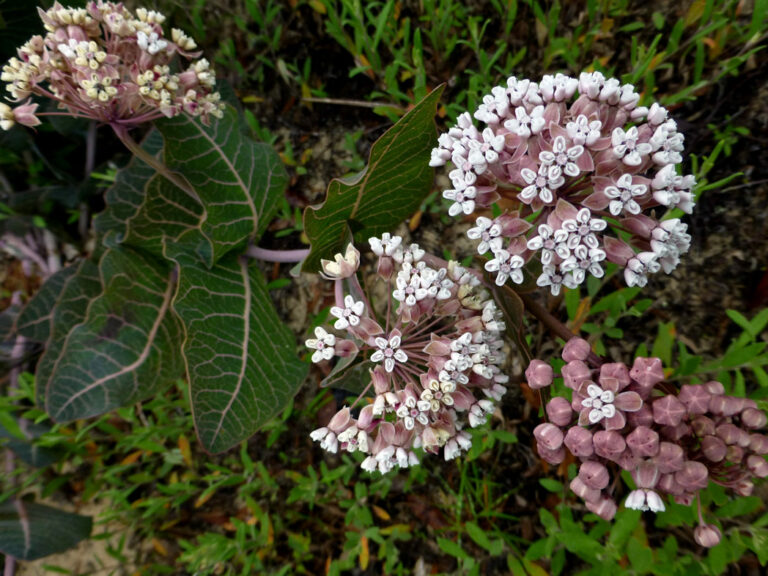
Pinewoods milkweed (Asclepias humistrata) occurs naturally in sandhills, scrub and dry, ruderal areas. It blooms in spring and summer, attracting many pollinators including wasps and butterflies.
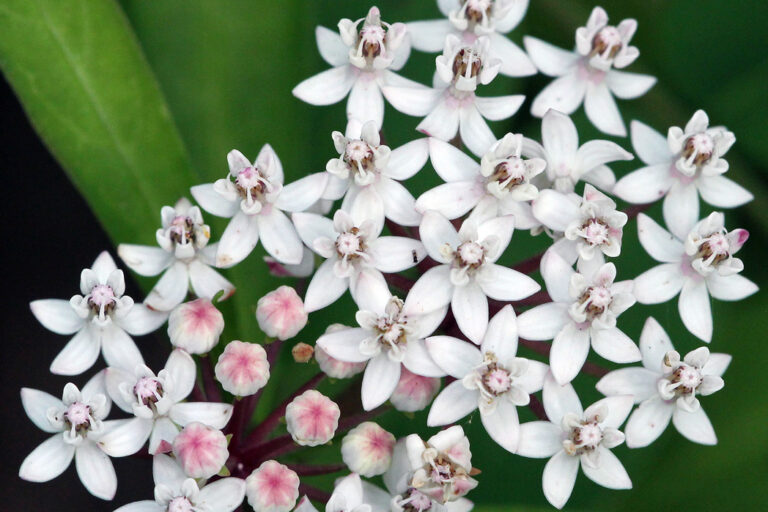
Swamp milkweed (Asclepias perennis) blooms in late spring through early fall and attracts many pollinators. It is a larval host plant for Monarch, Queen and Soldier butterflies.